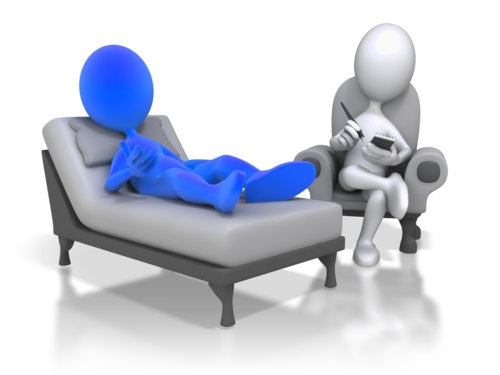What is phobia? Spider phobia or arachnophobia
In my undergraduate studies we were asked to learn a list of phobias for an exam. Knowing obscure phobias was a fun party trick, and great for pub trivia! In clinical practice these types of phobias are all referred to as “specific phobias”. Instead of using “arachnaphobia” for the fear of spiders, it’s more often referred to as a spider phobia (sorry Holloywood!). In this blog I am going to talk a little about spider phobias.
Spider phobia
I am going to start with a personal disclosure. My first words as a child, were not “mum”, “dad”, “yes” or “no”. They were “Allt í lagi könguló”, which is Icelandic for saying “spiders are ok!”. The background is that when I was a toddler I would freak out each time a spider would run by, and my parents said those words to me so many times that they became my first! An interesting question is “was I born with an innate fear of spiders?”.
Early theorists (e.g. Seligman, 1971) would have said that I must have been bitten by a spider as a child. This is highly unlikely given the lack of big/dangerous/biting spiders in Iceland. Due to this influential theory in clinical psychology, therapists traditionally insisted that patients must have experienced at least one bad encounter with their fear-relevant stimulus (in my case a spider) in the original development of their phobia. However, it has since been observed that human beings are likely to have been born with innate fears. Menzies (my PhD supervisor) and Clarke (1995) emphasise that a goal for the treatment of phobias is to unlearn innate fears, as many are no longer relevant in a modern environment. However, it is possible that these innate fears served a purpose for the survival of the species 60,000 years ago. For example, it is conceivable that early humans who were anxious about lions and spiders while walking through certain areas in East Africa had an evolutionary advantage. In the picture below, you can see a lion hiding in the bushes, waiting for its prey to walk by?
If so, perhaps you would have lived another day!
Dangerous predators were a real risk in those times (I am sure the spiders they had to deal with were about 10 times the size of the Icelandic ones!), and a certain level of anxiety would help increase and maintain one’s guard against them. This model of innate fears became known as the non-associative model (see further, Menzies and Clarke, 1995). It can be understood as learning that has been encoded in the human genome.
Wherever people stand on the debate about the genetic basis of phobias and anxieties, it is clear that for adults with phobias, cognitive behaviour therapy is an effective treatment. A crucial ingredient is that you take small steps to expose yourself to the feared object – in my case spiders. My innate fear of spiders reduced significantly when I moved from Iceland to Australia. In Iceland there are hardly any spiders or bugs, but in Australia you have to deal with them on a daily basis. By being forced to confront my phobia, I made some progress towards decreasing my fears (although I still hate mosquitos, but that’s more of an annoyance than a fear). In the next blog I will look at the difference between spider phobia and social phobia.

Fjola Helgadottir, PhD, MClinPsych, is a clinical psychologist, a senior research clinician at the University of Oxford, and is a co-creator of AI-Therapy.com, an online CBT treatment program for overcoming social anxiety

